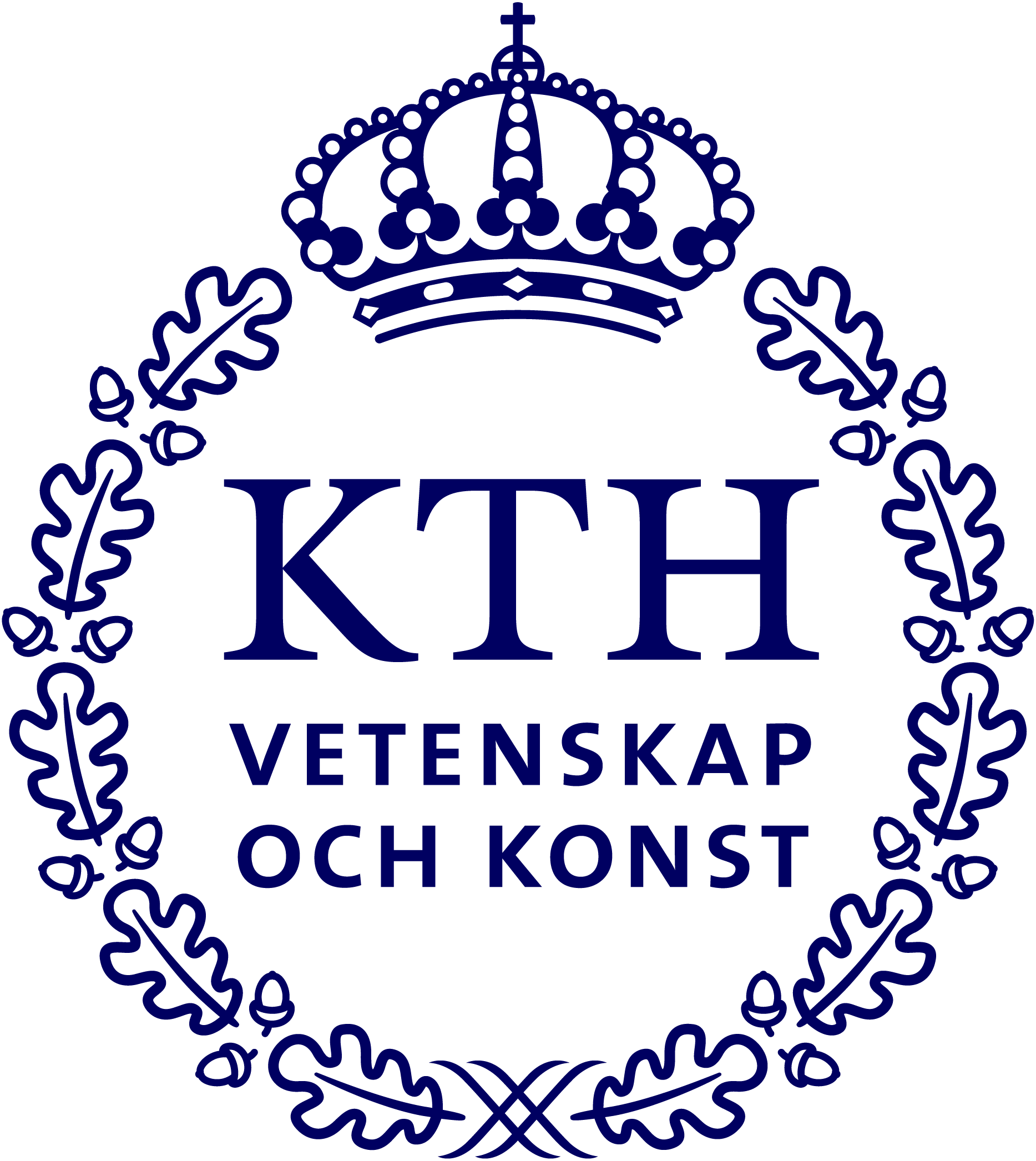Activities & Results
Find out what’s going on!
Activities, awards, and other outputs
- Viktoria Fodor and Carlo Fischione gave invited tutorials on the project result at several top IEEE conferences, including IEEE ICC 2022 and IEEE Globecom 2022
- Henrik Sandberg gave plenary talks on the security and safety of networked control systems at SAFEPROCESS 2022 and the DISC Summer School 2022.
- Digital Futures Seminar – Decision Making in Critical Societal Infrastructures, 2020, Oct 20, https://www.digitalfutures.kth.se/event/df-seminar-decision-making-in-critical- societal-infrastructures/
- Democritus Stakeholder Workshop, 2021, Nov 24, https://www.digitalfutures.kth.se/event/decision-making-for-water-distribution-networks- open-workshop-of-the-democritus-project/
- Workshop co-organized by Digital Futures – KTH WaterCentre, on Sensor Technologies for Clean Water, 2022 April 6, www.digitalfutures.kth.se/event/workshop-on-sensor-technologies-for-cleaner-water/
- Presentation at the Digital Futures Research Day, 2022, April 21, https://www.digitalfutures.kth.se/event/digital-futures-open-research-day-21-april-2022/
- Digitalize in Stockholm, presentations in 2021 and 2022, https://digitalizeinsthlm21.se/, https://digitalizeinsthlm22.se/
- Bengt Ahlgren and Viktoria Fodor organized the 2022 Swedish National Computer Networking Workshop, sponsored by Digital Futures. 2022 June 16/17. Several of the project results were also presented, http://www.sncnw.se/2022/
- Viktoria Fodor chaired IEEE International Conference on Sensing, Communication, and Networking (SECON) 2022.
- Carlo Fischione chairs the Wireless Communications for Distributed Intelligence workshop at IEEE Global Communications Conference (GLOBECOM) 2022.
- Carlo Fischione chairs the Symposium on Selected Areas in Communications: Machine Learning for Communications and Networking Track at IEEE International Conference on Communications (ICC) 2023.
Results
Results from three main areas of research include dimensioning of network and learning resources for distributed learning, wireless protocols for supporting machine learning, and methods to localise leaks in water networks from passively collected data. A stakeholder workshop on the project’s topic was organised in 2021 with participation from the public and private sectors, and collaboration with water distribution companies and the KTH Water Centre has been strengthened.


